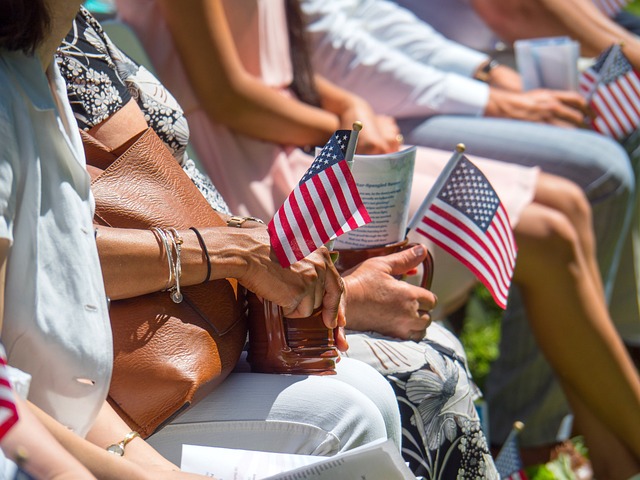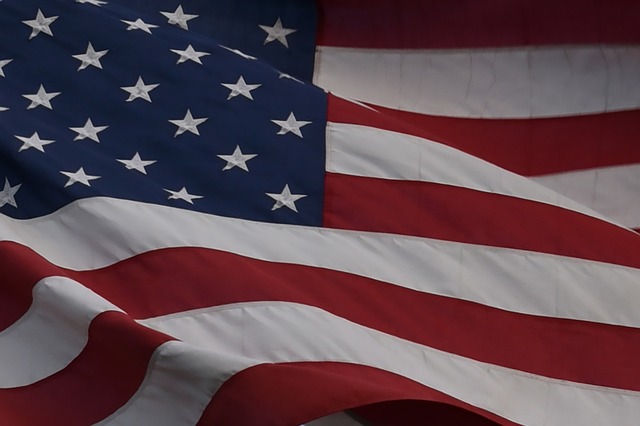The 2.5 x 4 American Flag holds profound symbolic value, representing balance, harmony, national identity, and historical tradition. Its specific dimensions, carefully chosen over time, signify respect, honor, and unity in military ceremonies while serving as a powerful symbol of freedom and democracy globally. Displayed widely, from public gatherings to schools and government buildings, this flag fosters camaraderie and remembrance through rituals like the "Flag Folding Ceremony," uniting communities across diverse cultures with shared heritage.
“Unraveling the symbolism and traditions surrounding the 2.5 x 4 American Flag, this article delves into the rich tapestry of military honors and cultural ceremonies. From the precise dimensions of our national symbol to global flag-related rituals, we explore how these practices pay tribute to patriotism and respect.
Learn about the historical significance of flag folding, discover diverse international traditions, and gain insights into proper American Flag etiquette. Understand why these customs are more than mere rituals—they are a testament to the values and heritage they represent.”
- The Significance of Flag Dimensions: 2.5 x 4 American Flag
- – Exploring the symbolism behind the size
- – Historical context and its evolution
- Flag-related Traditions Around the World
The Significance of Flag Dimensions: 2.5 x 4 American Flag

The dimensions of a flag hold deep symbolism and significance, especially in military contexts. The standard American Flag, for instance, measures 2.5 x 4 feet (76 x 122 cm). This specific size is not arbitrary; it represents a balance between practicality and historical tradition. In military ceremonies, the flag’s proportions are meticulously observed as it is carried or displayed, signifying respect and honor.
The 2.5 x 4 format allows for the flag to be both visually impactful and easily manageable during parades, flypasts, and other official events. This size has become a universally recognized symbol of the United States, evoking feelings of patriotism and pride among its citizens. Military personnel often take great care in ensuring that the flag is properly displayed, folded, and honored, as it represents the values and sacrifices that the nation’s defenders uphold.
– Exploring the symbolism behind the size

The dimensions of a flag, such as the standard 2.5 x 4 American Flag, hold profound symbolism beyond its physical appearance. The size ratio, in this case, 2.5:4, represents the balance and harmony within the nation it represents. Historically, these proportions have been carefully considered to convey values and ideals that are important to the country’s identity. The 2.5 x 4 measurement symbolizes not only the breadth and depth of American heritage but also the unity and resilience of its people.
Moreover, the size of a flag can indicate its role and purpose. For instance, flags used in military ceremonies often have specific dimensions that signify honor, respect, and tradition. The 2.5 x 4 flag, when displayed during such events, serves as a visual reminder of the sacrifices made by those who serve their country, emphasizing the connection between the nation’s history, values, and its defense.
– Historical context and its evolution

The traditions and military honors tied to flags have deep historical roots, evolving alongside societies’ values and conflict resolution methods. Historically, flags served as symbols of identity, unity, and national pride, especially on the battlefield where they instilled courage in troops and terrified enemies. Over time, these symbols have taken on added significance, becoming a means to honor military service and sacrifice.
The 2.5 x 4 American flag, for instance, represents not just a nation but its ideals and history. Its design has changed over the years to reflect shifting political landscapes and cultural values, yet it remains a powerful symbol of freedom and democracy. Today, flags play a crucial role in military ceremonies, where they are used in solemn tributes, parades, and memorial services, fostering a sense of camaraderie and remembrance among service members and citizens alike.
Flag-related Traditions Around the World

Flag-related traditions vary across cultures, reflecting their unique histories and values. One notable example is the United States, where the 2.5 x 4 American flag holds significant symbolism. It’s often displayed at public gatherings, schools, and government buildings, serving as a powerful reminder of national identity and unity. The folding of the flag, known as the “Flag Folding Ceremony,” is a poignant ritual performed during military events, honoring veterans and those who have given their lives for their country.
Similar traditions exist worldwide. In many European countries, flags play a central role in national holidays and ceremonies, often accompanied by marching bands and colorful parades. For instance, the British fly their Union Jack proudly during significant occasions, while other nations have their own unique displays of patriotism, all rooted in deep-seated cultural and historical contexts. These global practices showcase the diverse yet profound ways in which flags unite communities and preserve their heritage.
